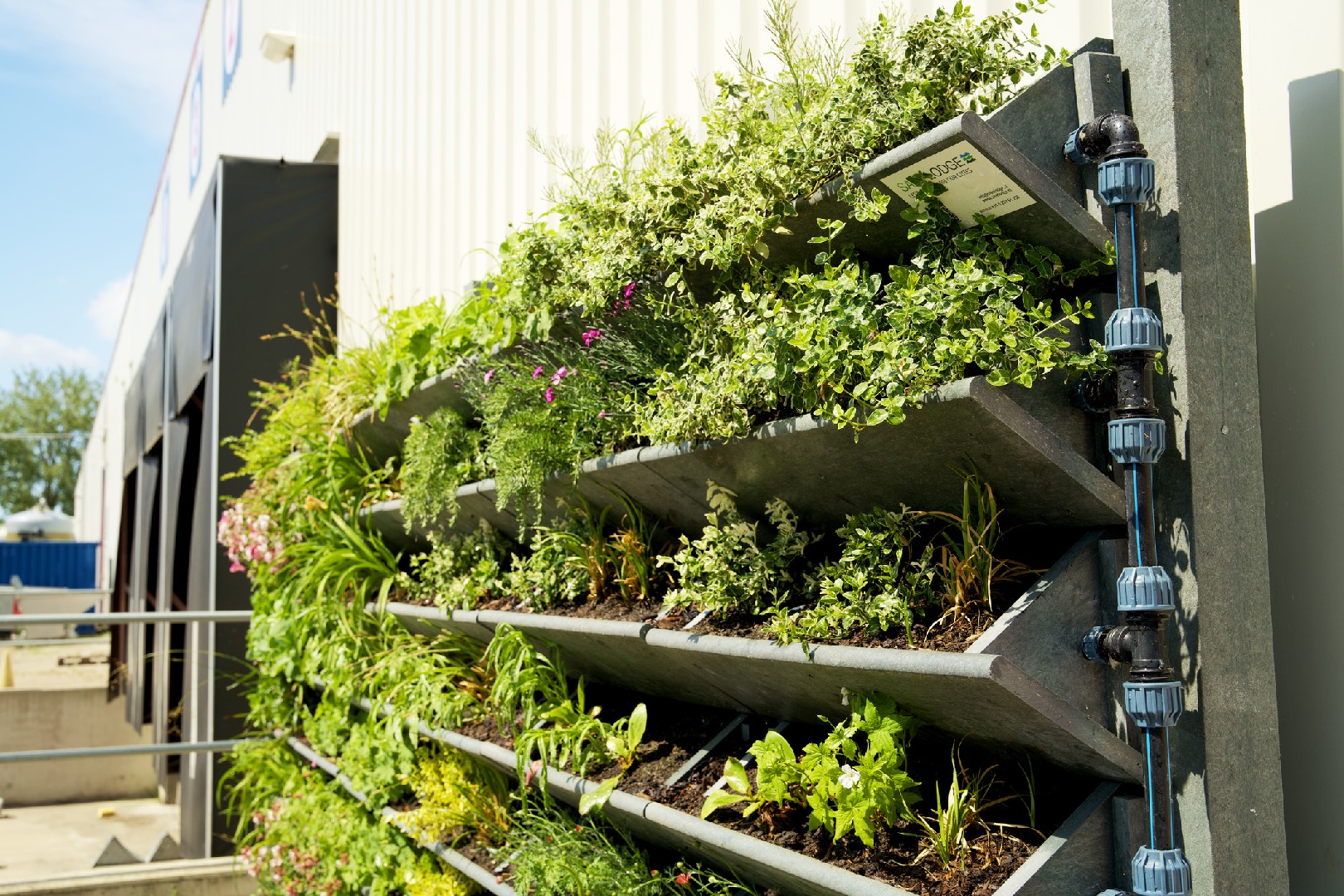![Rectangle]()
Challenges and Solutions in Vertical Edible Gardening
Vertical edible gardening can be a fun and rewarding activity for kids, but it does come with its fair share of challenges. However, with the right knowledge and a little bit of creativity, these challenges can be easily overcome.
One of the most common challenges in vertical edible gardening is pest control. As the plants are stacked on top of each other, pests such as aphids and caterpillars can quickly spread from one plant to another. To tackle this issue, it's important to regularly inspect the plants for any signs of infestation and take immediate action. Introducing beneficial insects like ladybugs or using organic pest control methods can help keep the pests under control without the use of harmful chemicals. It's also a good idea to rotate the plants regularly to disrupt the pests' life cycle and prevent them from establishing a stronghold.
Another challenge is meeting the watering needs of the plants. In vertical gardens, water tends to drain more quickly, especially in hot weather. To ensure that the plants receive enough water, it's important to water them regularly and deeply. Installing a drip irrigation system can be a great solution as it delivers water directly to the plants' roots, minimizing water wastage. Additionally, using a moisture meter can help monitor the moisture levels in the soil and prevent over or under-watering.
Seasonal changes can also pose a challenge in vertical edible gardening. Different plants have different temperature and light requirements, and it's important to choose the right plants for each season. For example, leafy greens like lettuce and spinach thrive in cooler temperatures, while tomatoes and peppers prefer warmer weather. Creating a planting schedule and choosing a variety of plants that can thrive in different seasons can help ensure a continuous harvest throughout the year.
To make vertical edible gardening more engaging and educational for kids, there are some fun solutions to these challenges. One idea is to involve them in the pest control process by teaching them about beneficial insects and letting them release ladybugs in the garden. This not only helps control pests but also educates children about the importance of biodiversity and natural pest control methods.
Another fun solution is to turn watering into a game. Set up a timer and challenge the kids to water the plants before the time runs out. This not only makes watering more exciting but also teaches children about time management and responsibility.
To maintain child engagement and enthusiasm in gardening, it's important to make it a regular activity and involve them in every step of the process. Allow them to choose which plants to grow, assign them specific tasks like planting seeds or harvesting, and encourage them to keep a gardening journal to track the progress of their plants. Celebrate their successes, whether it's a sprouting seed or a juicy vegetable ready for harvest. This will not only keep them engaged but also foster a sense of pride and accomplishment.
In conclusion, vertical edible gardening comes with its own set of challenges, but with the right solutions and a little bit of creativity, these challenges can be overcome. By involving kids in the process, making it fun and educational, and ensuring their active participation, vertical edible gardening can be an enriching experience that teaches them valuable skills and provides a lifelong appreciation for the wonders of nature.





